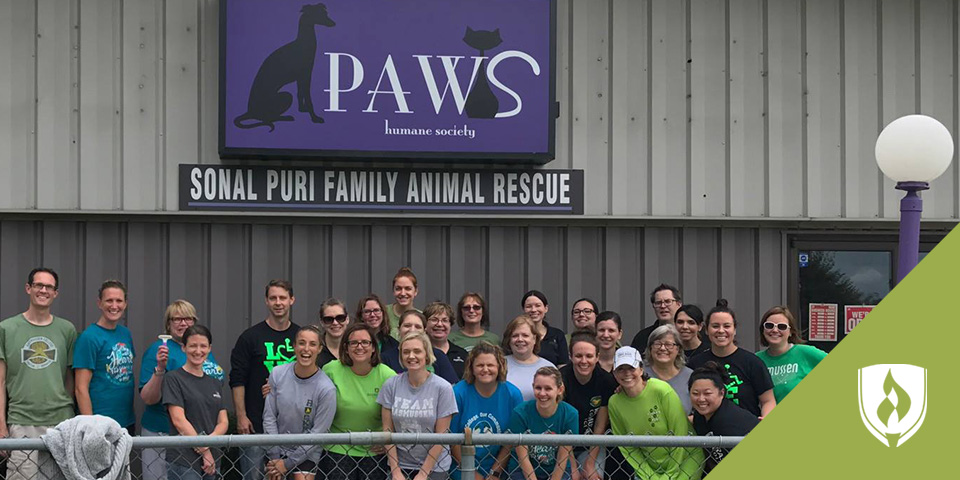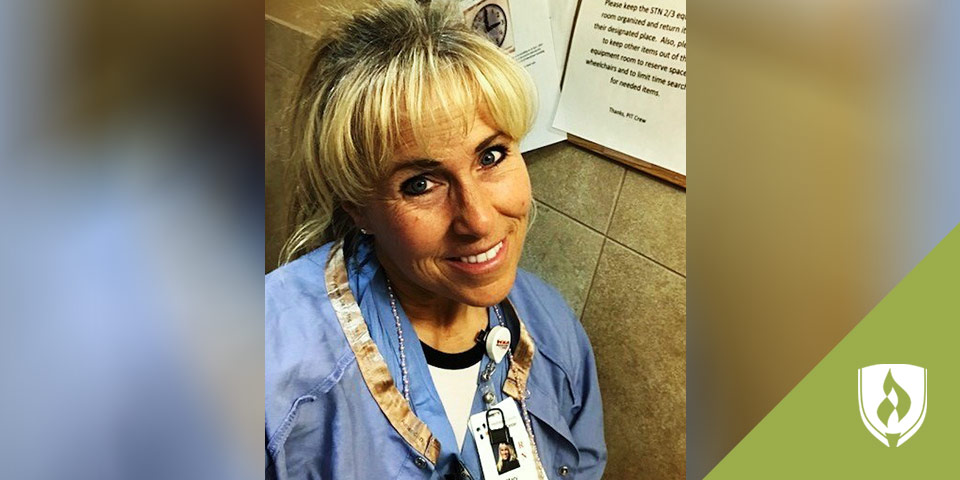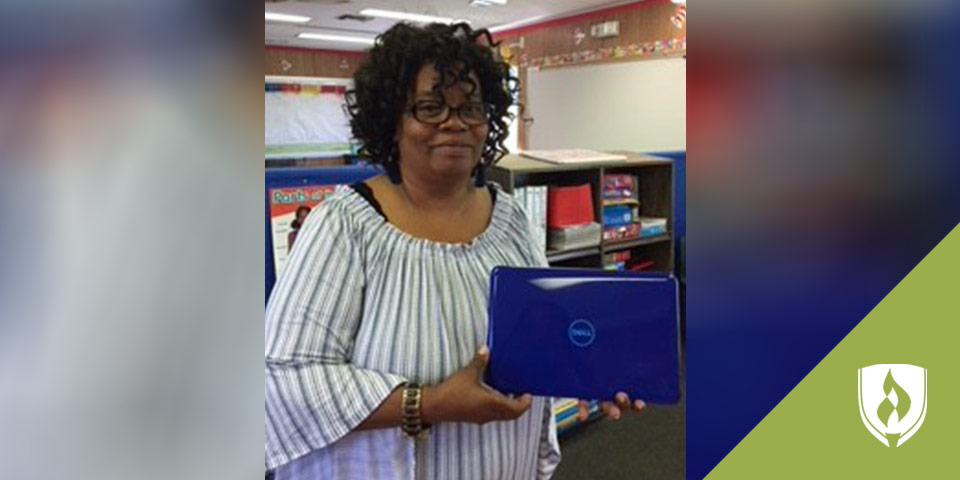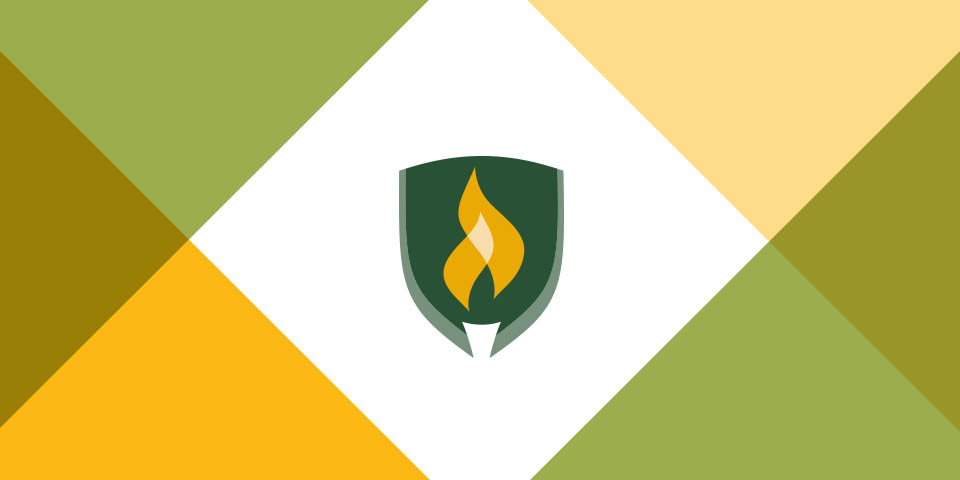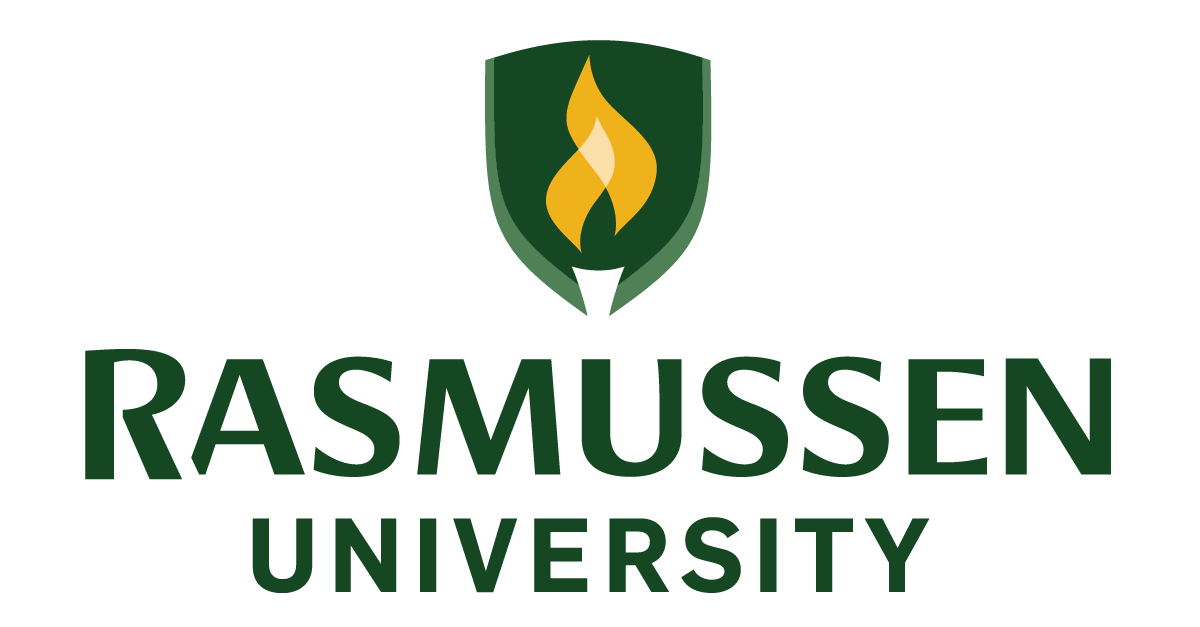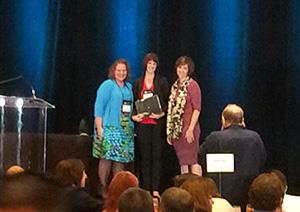
Rasmussen College won the award for its blended learning model called “Online+” which uses a standards-based approach to hybrid learning or, the use of online classes combined with the feel of traditional classes.
The academic and technical framework for the blended learning model was a collaborative effort from Kathe Kacheroski, assistant vice president of academic affairs-program leadership, and Heather Zink, hybrid classroom manager.
Their model includes curriculum standards that ensure proper course selection; instructional standards that encourage thoughtful course design; and teaching standards that focus on effective delivery of course material.
“[The award proves] that Rasmussen College is really dedicated to innovative and thoughtful approaches to online learning,” Zink said. “Online+ really provides that connection and community that students need as online learners. These students need to be able to interact in a real world environment, and Online+ courses allow them to do that.”
A better student experience with Online+
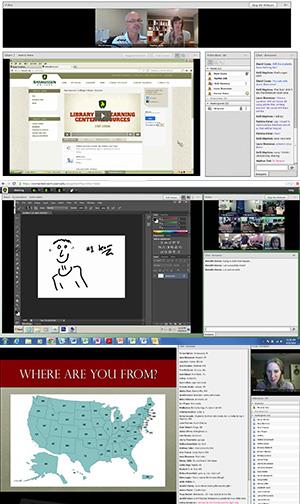 Students enjoy asking questions of their instructors by voice or the virtual chat function, said design instructor John Mindiola. He says they like sharing links with each other and following along as he shares his screen.
Students enjoy asking questions of their instructors by voice or the virtual chat function, said design instructor John Mindiola. He says they like sharing links with each other and following along as he shares his screen.
Even better than learning from his screen, Mindiola adds, students can share their own screens and ask for help when they get stuck.
“Online+ has distinct advantages for those of us who need to feel engaged with classmates and instructors,” said graphic design student Erik Parr. “As convenient as online courses are … it can sometimes feel as though I'm caught in a vacuum. With Online+ I tend to feel a greater sense of contributing to the betterment of the entire class.”
The biggest difference between Online+ and regular online courses is that students in the former are required to attend a live lecture every week. The live lectures provide an opportunity to interact with students and the instructor in a real-time setting.
Online+ students appear to be benefitting from the hybrid model.
“We have noticed that students who attended these live lectures did better than students that did not,” Zink said. “It has increased students’ interest in their courses because they really do want to meet other students and faculty and build a bond because it can otherwise be really lonely as an online student.”
A ‘multi-sensory’ solution
Online+ courses—which began in fall 2011—do more than fill knowledge gaps. They provide a platform for those with complex questions to see the answers materialize live.
Mindiola said Online+ courses can be archived and watched at each student’s leisure. He also said the “multi-sensory experience” of Online+ courses creates a more intelligent dialogue between students and instructors. For example, he says, Online+ students can question or challenge instructors in real-time, unlike students watching pre-recorded tutorials.
Parr’s tricky work schedule meant he’d often view the live lectures as archived footage. But for him, it contributed to the best learning experience.
“The ease of being able to stop when I needed to and back up to ensure understanding of certain concepts was something I really appreciated,” Parr said. “[The 1-hour lecture] was always more substantive than simply viewing a 6-minute video showcasing one particular design technique."
Whether you learn best in a traditional online format or you like the option of including live lecture in you coursework, check out Rasmussen College’s online degrees page to see which option works best for you.

 Students enjoy asking questions of their instructors by voice or the virtual chat function, said design instructor John Mindiola. He says they like sharing links with each other and following along as he shares his screen.
Students enjoy asking questions of their instructors by voice or the virtual chat function, said design instructor John Mindiola. He says they like sharing links with each other and following along as he shares his screen. 
